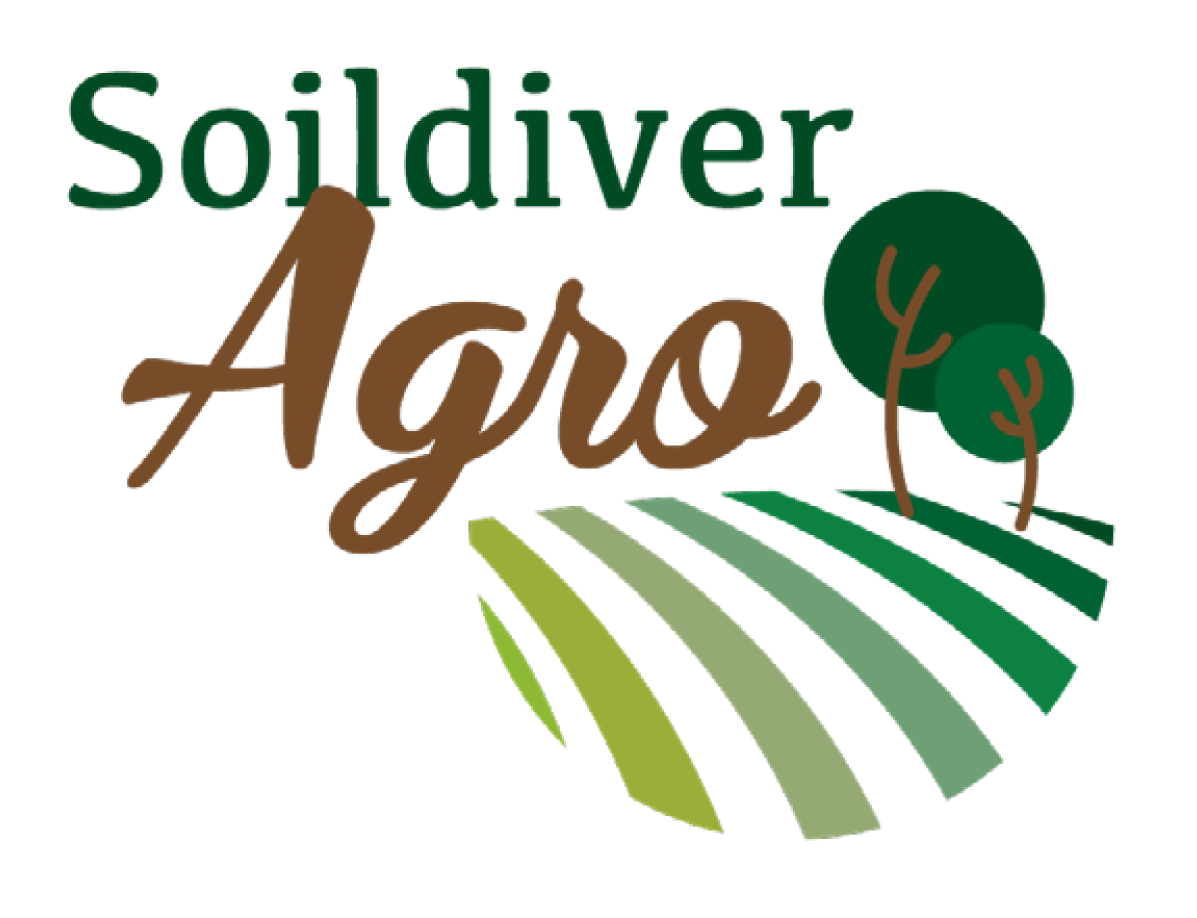SoildiverAgro is a multi-actor project which follows a methodolody based on the relationships between 3 different groups, organized and composed by several actors to involve multipliers from all the whole value chain:
- SoildiverAgro partners
SoildiverAgro consortium involves 22 partners from 7 EU countries. - External Advisory Board
The main function of the External Advisory Board (EAB) is the evaluation of project progress, and providing guidance regarding future work. EAB will be invited to attend the yearly general meetings and final Workshops. - SoildiverAgro Community
Farmers will be engaged by region (Mediterranean, Lusitanean, Atlantic, Continental, Nemoral, Boreal).
This strategy is addressed to ensure an effective involvement of Stakeholders throughout the SoildiverAgro life span and beyond. Indeed, the methodology proposed in SoildiverAgro to engage and organize the work of different stakeholders’ communities following the Multi-Actor Approach (MAA) is embedded within the SoildiverAgro work plan coupled with research activities and pursues the following main objectives.
Objectives
 |
|
In order to reach these objectives, the project Work plan includes several activities directly involving a relevant number of stakeholders (surveys, discussion groups, consultation/demonstration workshops, field days, etc.) that require from strong coordination and standard procedures to facilitate smooth and effective work with stakeholders in line with the technical objectives pursued by SoildiverAgro.
This methodology is conceived as a matrix organizational structure with two main dimensions:
- Geographical dimension. This structure is conceived considering the “Regional Coordinator” (RC) as a facilitator (following the Innovation Brokering concept to contact the end-users and involve different stakeholders covering the whole value chain at local/regional level (policy makers, industry, consumers, etc.). Working with “umbrella” organizations such as cooperatives, associations, etc. will be key to reach a relevant number of stakeholders.
- Technical dimension. This structure is composed of “WP leaders (WPL)” that will need to interact with the stakeholders (through the regional communities) to collect information, validate information, disseminate results or simply communicate about the project activities. WP Leaders will have a scientific responsible role charge of preparing the technical contents to be exchanged with stakeholders.


